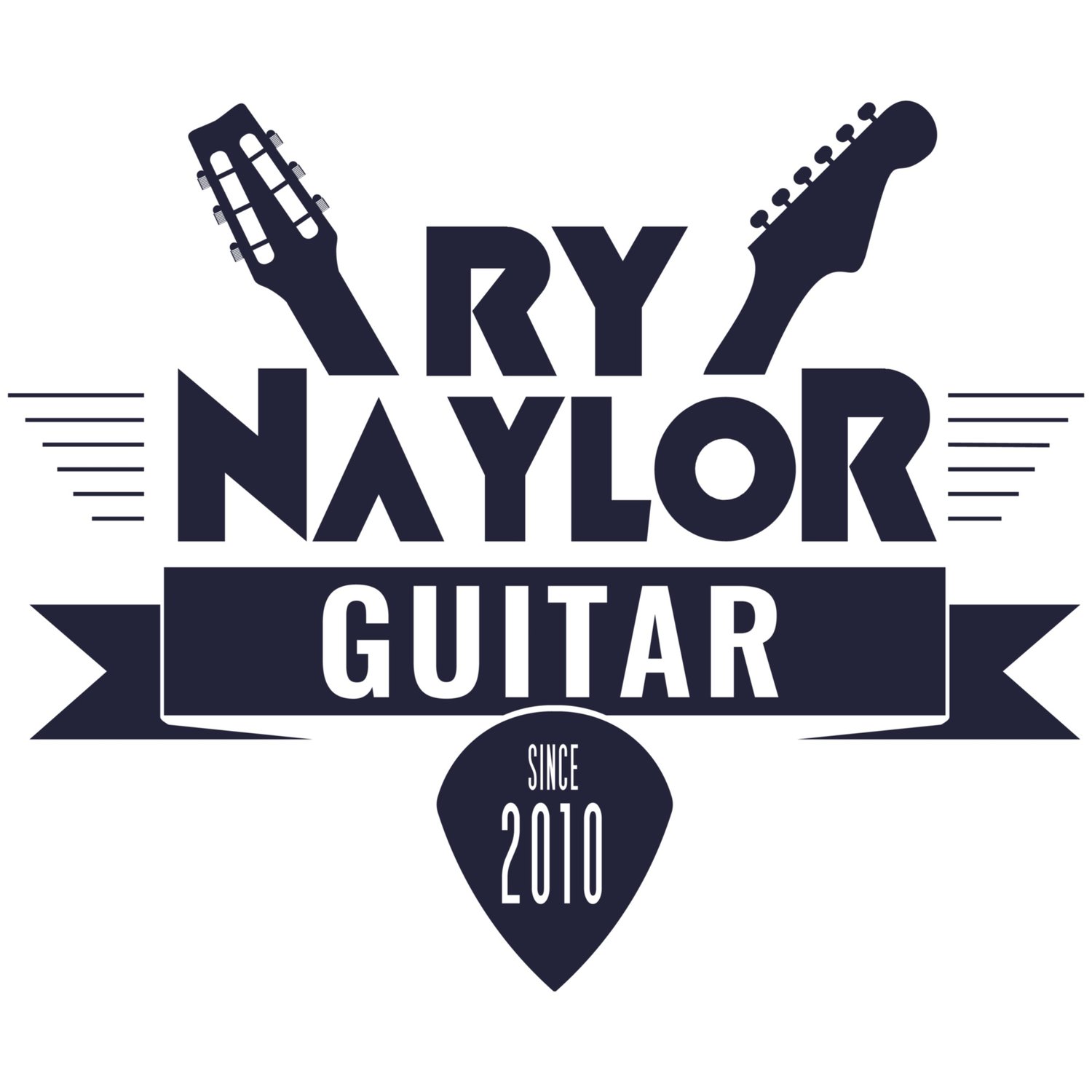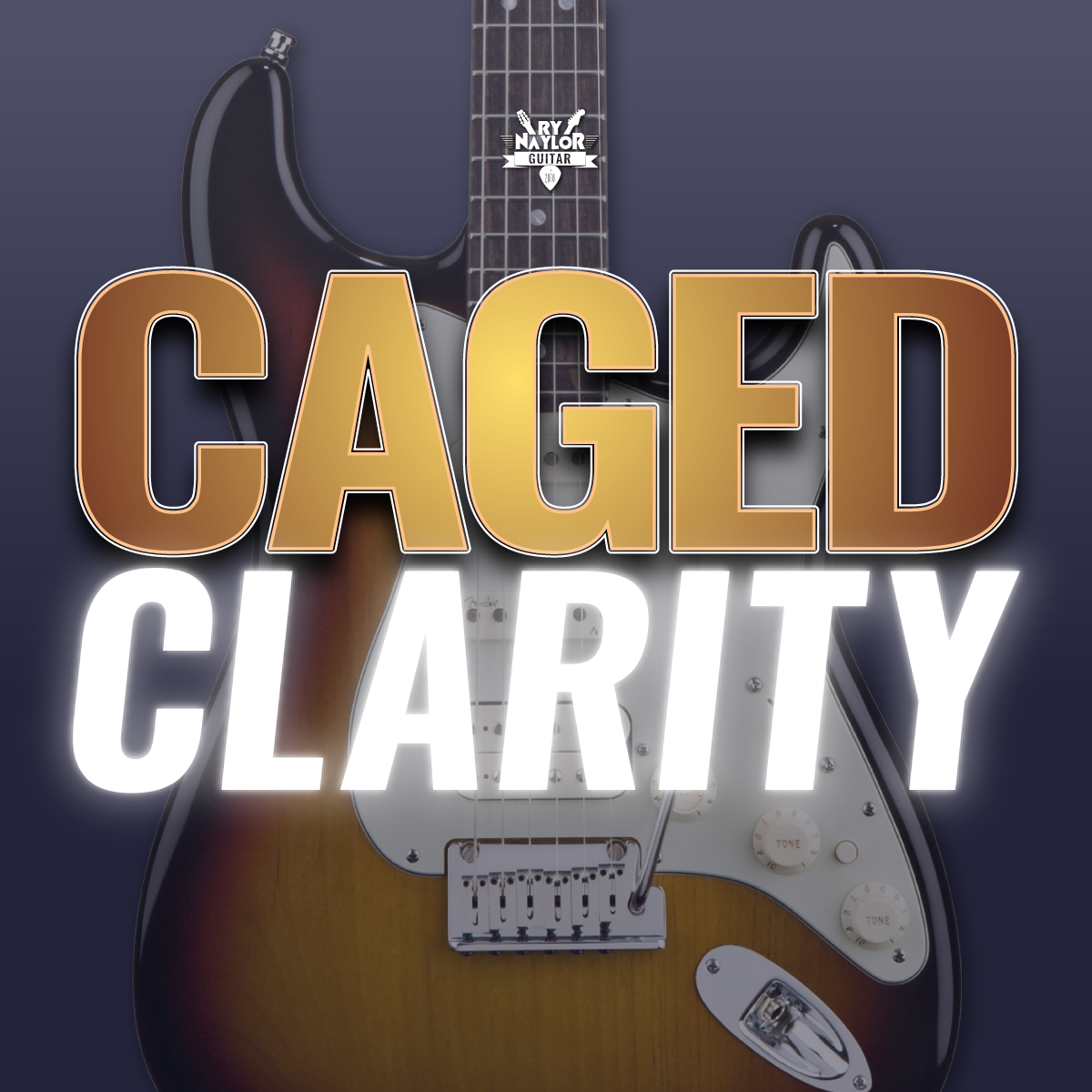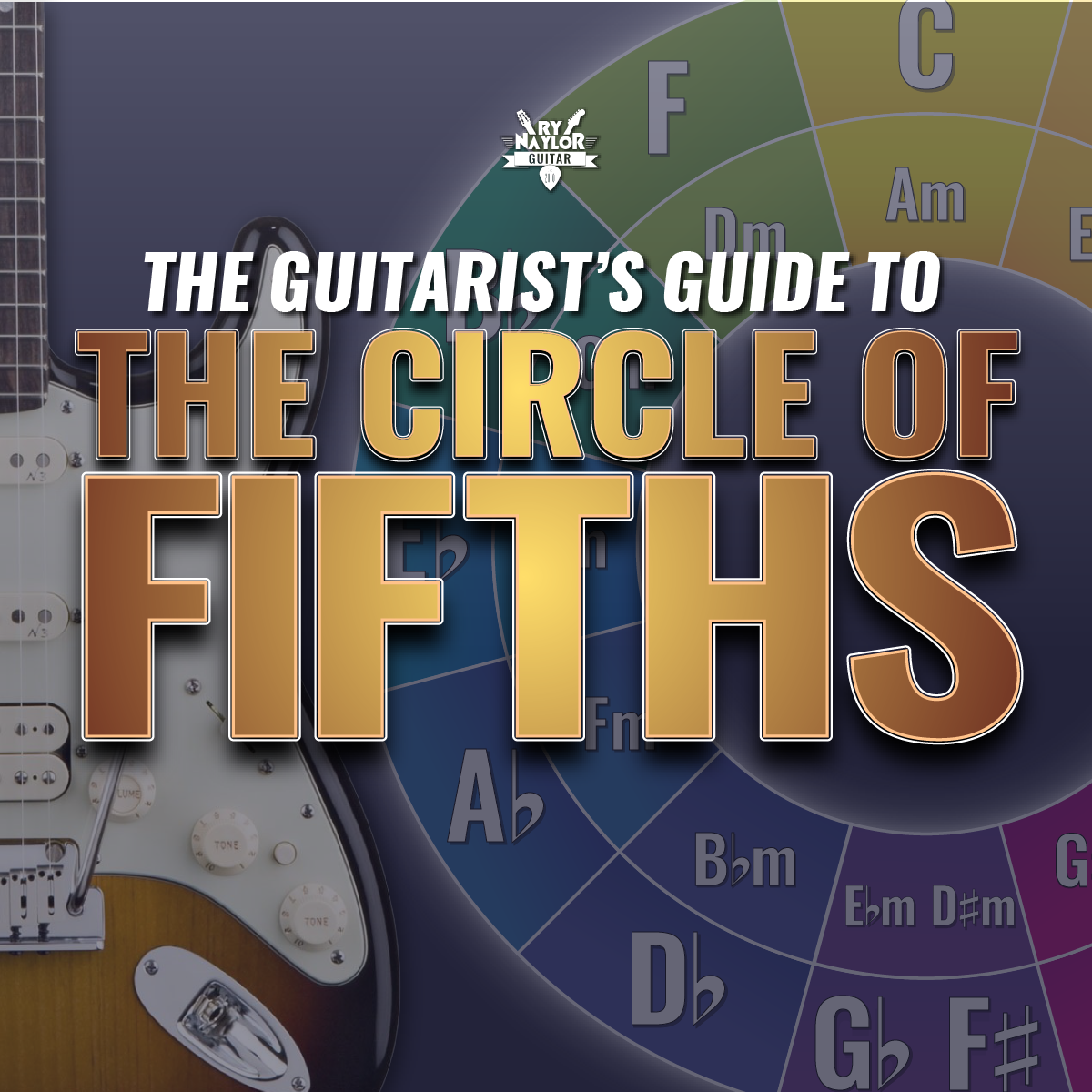Learning The Fretboard - Octave Shapes
/Octaves are super useful when you want to learn the notes on the fretboard and they are used a lot in many different genres. In the video I will show you all the octave shapes that exist on the fretboard.
I cover the following:
- What an octave is;
- How many frets make an octave on one string;
- An octave on adjacent strings (e.g. string 6-5) and how that changes across the string pairs;
- An octave shape skipping over one string (e.g. string 6-4) and how that changes across the string pairs;
- An octave shape skipping over two strings (e.g. string 6-3) and how that changes across the string pairs; and
- A two octave shape between strings 6 and 1.





















